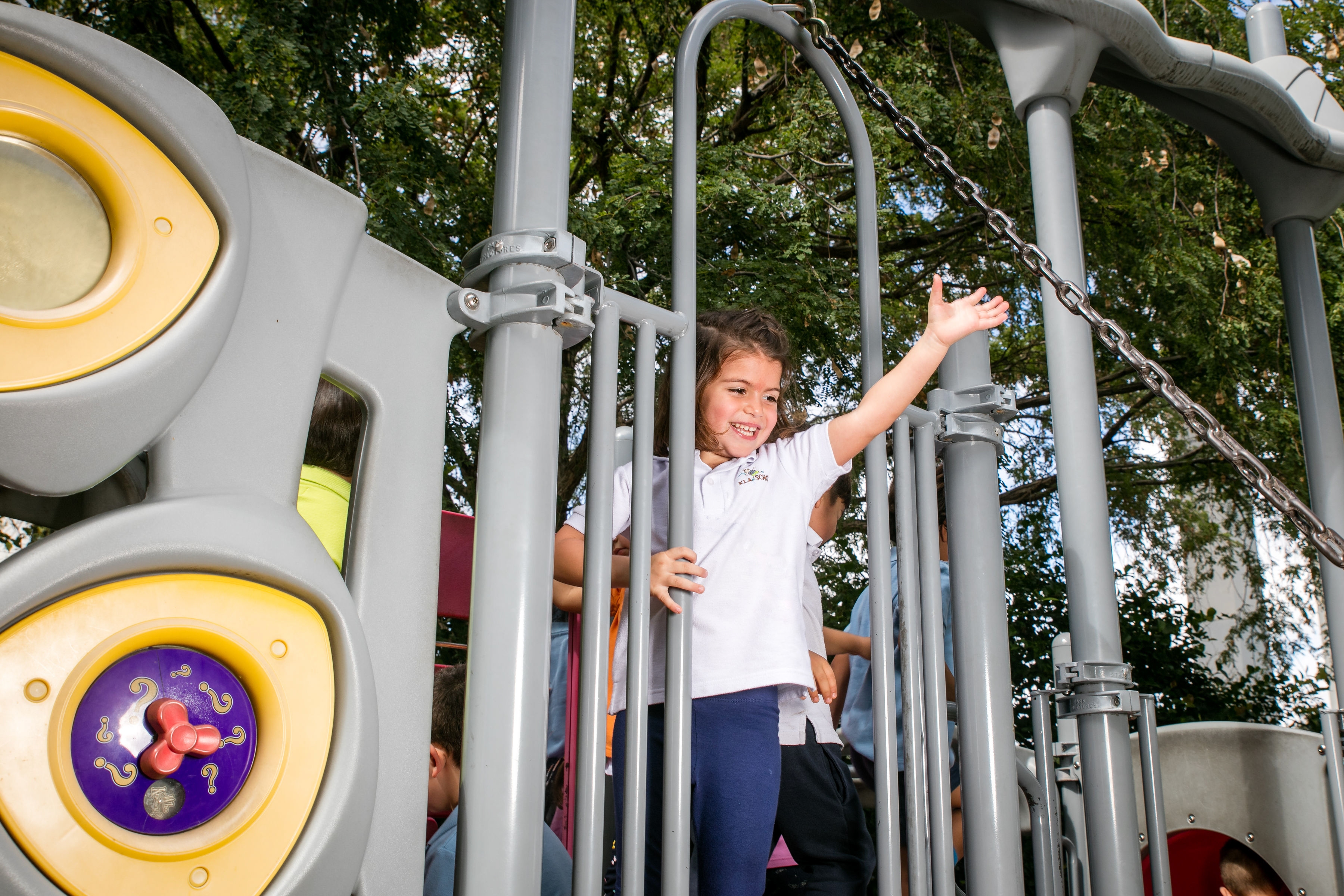What Is Transitional Kindergarten? Key Facts for Parents
Topics: School Life
Age Range: Preschool
Understanding Transitional Kindergarten
Many parents wonder what is transitional kindergarten, and how it differs from other early education options. Transitional kindergarten (TK) is a specialized program designed for children who may not yet be ready for traditional kindergarten but have outgrown preschool. It provides an academic bridge, ensuring children develop the necessary skills for success in elementary school.
Unlike preschool, which primarily focuses on socialization and essential learning experiences, TK introduces more structured lessons tailored to younger learners. The program emphasizes early literacy, numeracy, and social-emotional growth, preparing children for a smooth transition into kindergarten.
Transitional Kindergarten Age Requirements
The age requirements for transitional kindergarten vary by state. Generally, children qualify if they turn four years old by a specific cutoff date but are not yet eligible for regular kindergarten. Some states provide expanded eligibility, offering TK programs to a broader range of young learners.
For instance, transitional kindergarten Texas guidelines differ from California’s, where the program is well-established and widely available. Texas offers a similar program but with specific eligibility criteria that parents must verify through their local school districts.
Transitional Kindergarten vs. Pre-K
Parents often compare transitional kindergarten vs. pre-K to determine which option best suits their child’s needs. Pre-kindergarten (pre-K) serves children as young as three and primarily focuses on foundational skills, such as social interaction and essential cognitive development.
In contrast, TK caters to older preschool-aged children, offering a more structured curriculum that closely aligns with kindergarten standards. The instructional approach in TK incorporates phonics, early math skills, and problem-solving activities, making it a strong choice for children who need additional time to develop readiness skills.
Transitional Kindergarten vs. Preschool
Another standard comparison is transitional kindergarten vs. preschool. While both programs target early childhood development, they serve different purposes. Preschool focuses on play-based learning and socialization, making it ideal for younger children.
TK, on the other hand, acts as a preparatory stage between preschool and kindergarten. The curriculum includes more advanced lessons in literacy and mathematics and structured classroom routines. Children enrolled in TK gain confidence in their learning abilities before entering a traditional kindergarten setting.
What Is a Transitional Kindergarten Curriculum?
The transitional kindergarten curriculum blends elements of preschool and kindergarten. Teachers design lessons supporting cognitive, emotional, and motor skill development, ensuring that children build a strong academic foundation.
Key components of a TK curriculum include:
- Early literacy: Phonics instruction, letter recognition, and storytelling to develop reading readiness.
- Mathematics: Counting, patterns, and basic arithmetic to introduce numerical concepts.
- Social-emotional learning: Activities that teach self-regulation, cooperation, and classroom behavior expectations.
- Fine and gross motor skills: Handwriting exercises, arts and crafts, and physical activities to refine coordination.
- Science and exploration: Hands-on experiments and nature-based learning to encourage curiosity.
The curriculum focuses on gradual progression, allowing children to adapt to a structured educational environment before kindergarten.
How Transitional Kindergarten Programs Benefit Children
Enrolling in transitional kindergarten programs provides several advantages for young learners. These programs cater to children who may need extra time to develop social and academic skills, reducing the likelihood of struggles in kindergarten.
Key Benefits:
- Stronger academic foundation: Early exposure to structured learning helps children grasp essential concepts before kindergarten.
- Increased confidence: A supportive classroom environment allows children to develop self-esteem and independence.
- Smoother transition to kindergarten: Kids experience a structured school setting, making the jump to kindergarten less overwhelming.
- Improved social skills: Group activities teach cooperation, communication, and problem-solving.
- Better emotional regulation: TK helps children develop patience, resilience, and adaptability in a classroom setting.
Availability of Transitional Kindergarten in Texas
Many parents searching for transitional kindergarten find that the state offers limited programs compared to California. Texas has pre-K programs for eligible children, but transitional kindergarten is not as widely implemented. Some districts provide early education programs that function similarly to TK, but availability varies.
Parents in Texas should check with their local school districts to explore alternative programs that support kindergarten readiness. Some private schools and charter schools may also offer structured transitional programs.
Is Transitional Kindergarten the Right Choice for Your Child?
Whether to enroll a child in TK depends on several factors, including maturity level, learning style, and emotional readiness. Parents should consider the following:
- Age eligibility: TK may be ideal if a child misses the kindergarten cutoff but is too advanced for preschool.
- Learning readiness: Some children benefit from extra time to develop academic and social skills.
- Classroom behavior: TK provides additional preparation if a child struggles with attention span or adapting to structured environments.
- Parental goals: TK may benefit families seeking an educational setting beyond preschool but not ready for full-day kindergarten.

Finding a Transitional Kindergarten Program
Locating a TK program depends on state regulations and school district offerings. In states like California, TK is widely available in public schools. In other states, options may include:
- Public school districts: Some offer TK programs with enrollment based on age and eligibility.
- Private schools: Many private institutions provide TK as part of their early education curriculum.
- Charter schools: These schools may have unique transitional programs focusing on kindergarten readiness.
- Community-based programs: Some childcare centers and early learning centers integrate TK-like instruction.
Parents should research local programs, visit schools, and speak with educators to find the best fit for their child’s needs.
Next Steps for Parents Considering Transitional Kindergarten
Understanding what is transitional kindergarten helps parents make informed decisions about their child’s early education. TK serves as a valuable stepping stone, bridging the gap between preschool and kindergarten while offering a structured curriculum suited to young learners.
Parents should evaluate their child’s readiness, explore available programs, and consult with educators to determine if TK aligns with their child's developmental needs. With the proper support, transitional kindergarten can give children the skills and confidence they need for a successful academic journey.
Setting the Stage for Kindergarten Success
At KLA Schools, our transitional kindergarten program is more than just an extra year of early education—it’s a carefully designed bridge that helps children develop the confidence, academic foundation, and social skills they need to thrive in kindergarten and beyond. Combining the Reggio Emilia philosophy with a TEKS-aligned curriculum provides a well-rounded learning experience tailored to each child's developmental needs.
If you're looking for a nurturing and enriching environment to help your child transition smoothly from preschool to kindergarten in Sweetwater, TX, our transitional kindergarten program is the perfect choice. Contact us today to learn more or schedule a tour!

